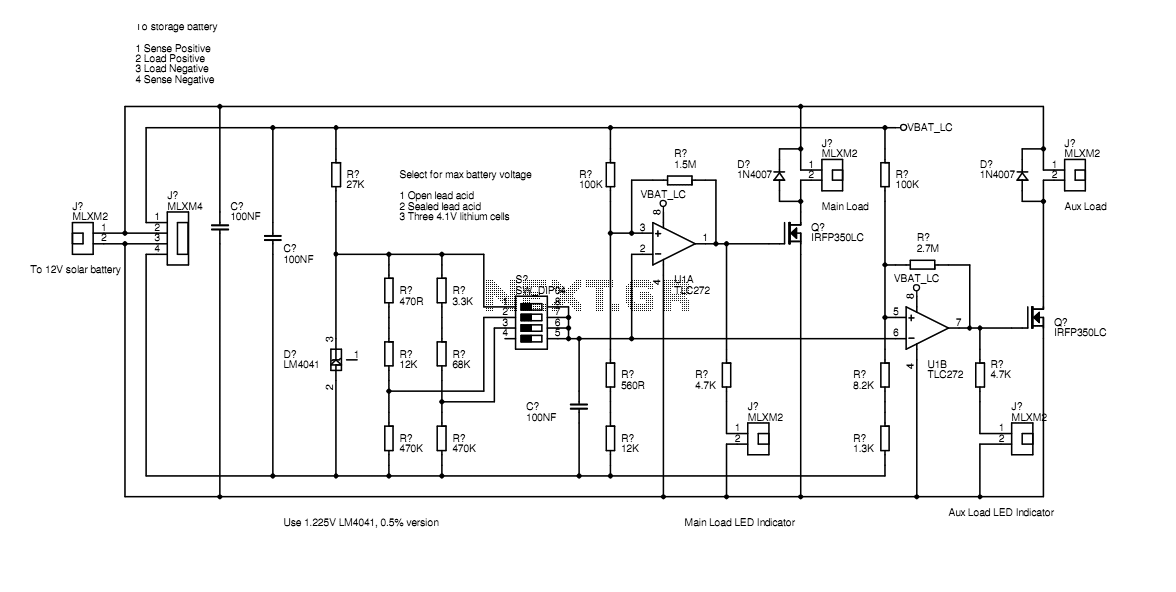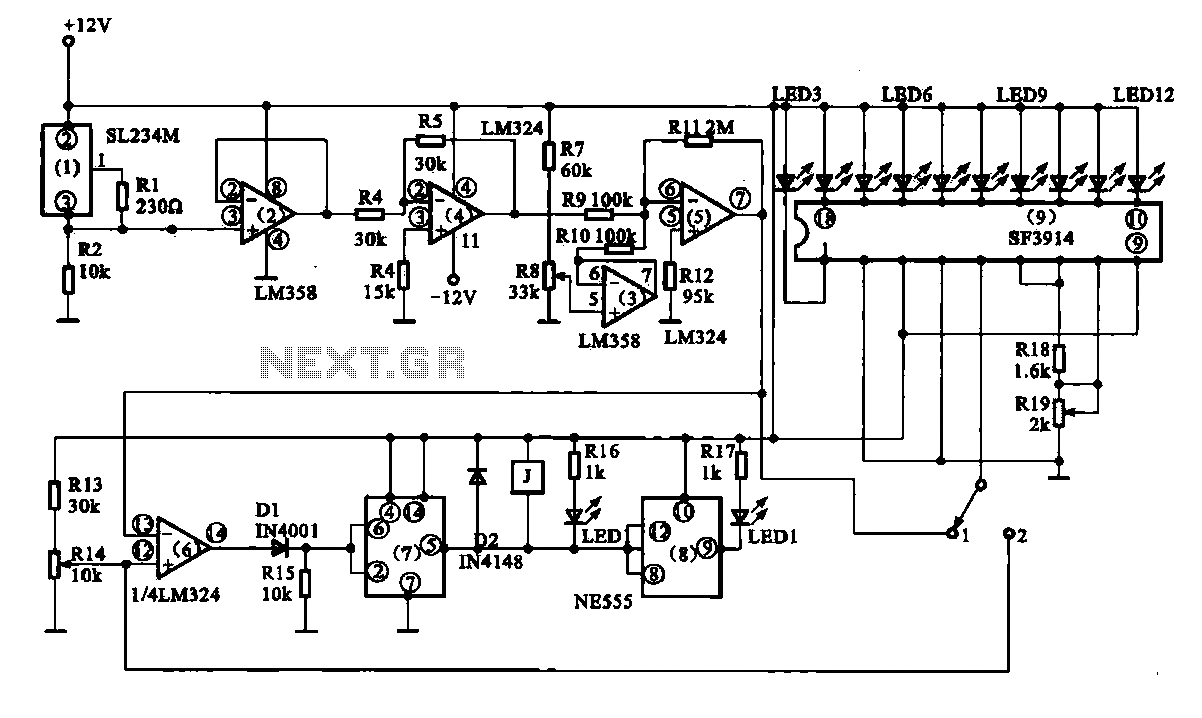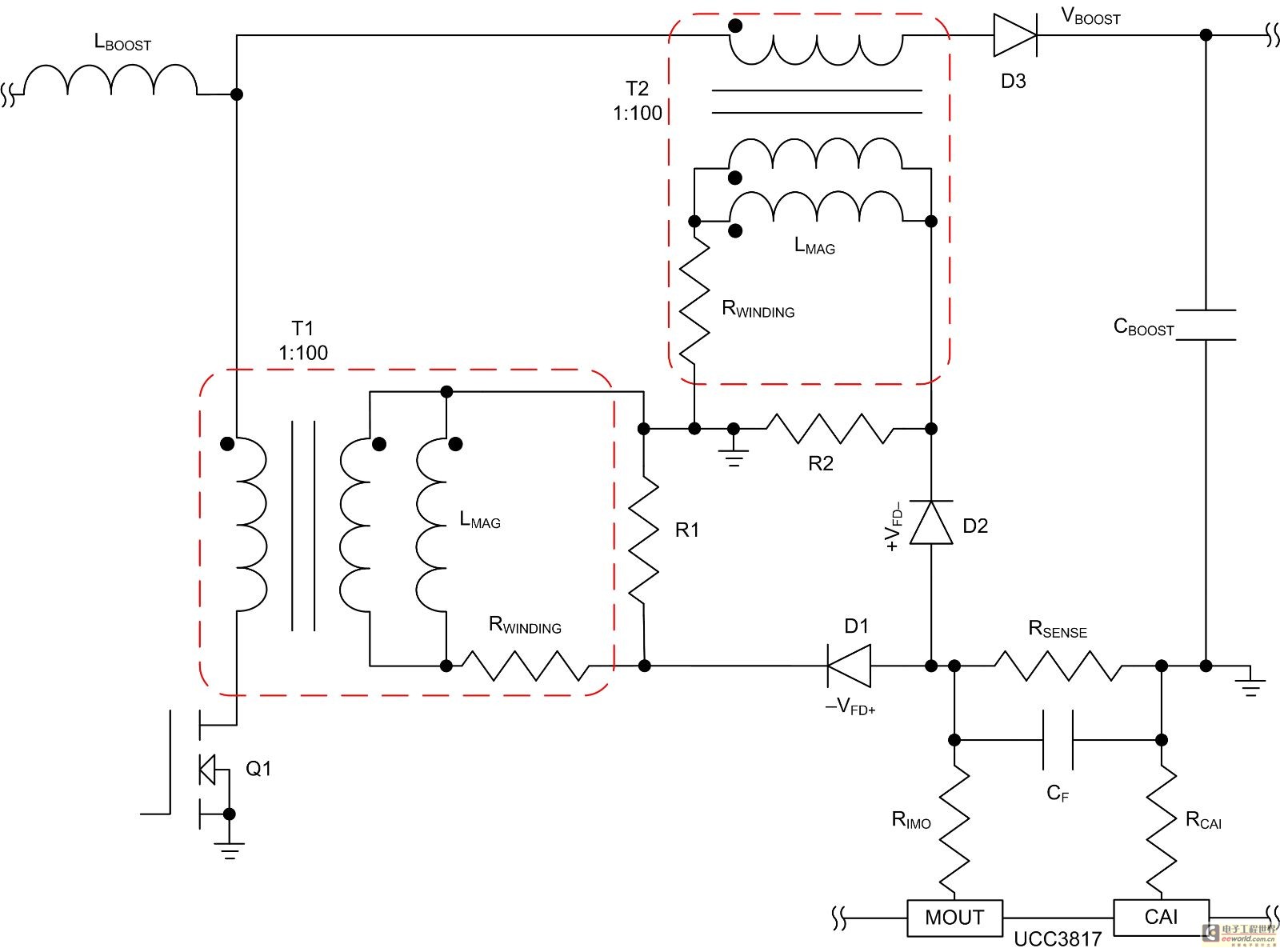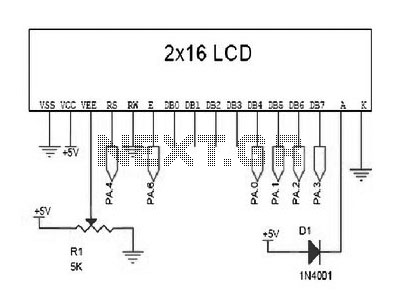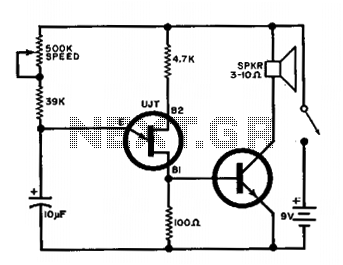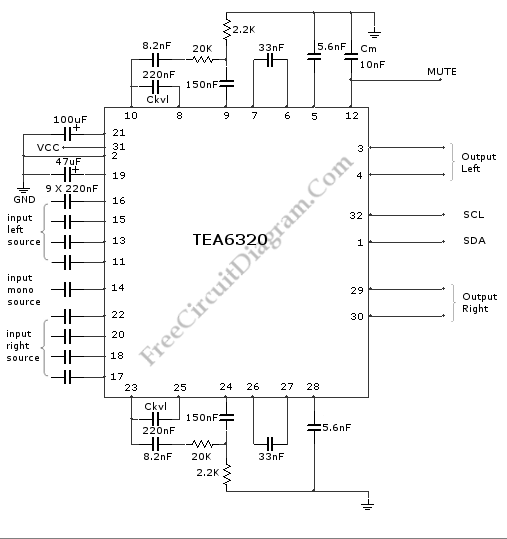
Very Simple Radio Control (R/C)
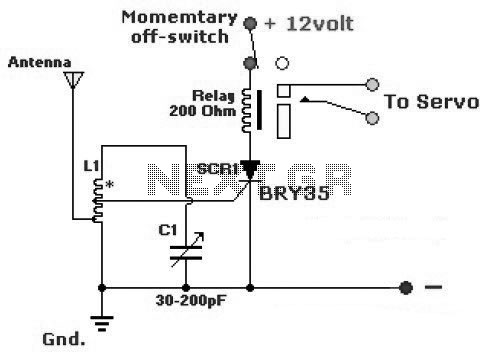
The diagram illustrates a simple and efficient receiver designed for controlling garage doors, starter motors, alarms, warning systems, and various other applications. The SCR utilized in this circuit features an exceptionally low trigger current of 30 µA.
The circuit operates as a receiver that can be triggered by low-current signals, making it suitable for various control applications. The use of a Silicon Controlled Rectifier (SCR) allows for the efficient handling of higher power loads while being activated by minimal current. This characteristic is particularly beneficial in applications where power conservation is essential or where the control signal is weak.
The schematic typically includes an antenna for receiving signals, a rectifier to convert AC signals to DC, and the SCR for switching the load on or off. When a signal is received, it triggers the SCR, allowing current to flow through the load, such as a garage door opener or an alarm system. The low trigger current of the SCR ensures that it can be activated by small control voltages, which can be sourced from various devices, including remote controls or low-power sensors.
Additional components in the circuit may include resistors to limit current, capacitors for filtering, and diodes for protecting against reverse polarity. Proper design considerations should be made to ensure that the SCR is rated for the load it will control, and that heat dissipation is managed effectively to prevent damage during operation.
Overall, this receiver circuit represents a versatile solution for remote control applications, combining simplicity with efficiency and reliability.Above diagram is a very easy and efficient receiver for actuating garage doors, starter motors, alarms, warning systems and many some other possibilities. The SCR, which has a extremely low trigger current of 30 uA is typical it demands an.. 🔗 External reference
The circuit operates as a receiver that can be triggered by low-current signals, making it suitable for various control applications. The use of a Silicon Controlled Rectifier (SCR) allows for the efficient handling of higher power loads while being activated by minimal current. This characteristic is particularly beneficial in applications where power conservation is essential or where the control signal is weak.
The schematic typically includes an antenna for receiving signals, a rectifier to convert AC signals to DC, and the SCR for switching the load on or off. When a signal is received, it triggers the SCR, allowing current to flow through the load, such as a garage door opener or an alarm system. The low trigger current of the SCR ensures that it can be activated by small control voltages, which can be sourced from various devices, including remote controls or low-power sensors.
Additional components in the circuit may include resistors to limit current, capacitors for filtering, and diodes for protecting against reverse polarity. Proper design considerations should be made to ensure that the SCR is rated for the load it will control, and that heat dissipation is managed effectively to prevent damage during operation.
Overall, this receiver circuit represents a versatile solution for remote control applications, combining simplicity with efficiency and reliability.Above diagram is a very easy and efficient receiver for actuating garage doors, starter motors, alarms, warning systems and many some other possibilities. The SCR, which has a extremely low trigger current of 30 uA is typical it demands an.. 🔗 External reference
